| "Descrizione" by A_Partyns (12948 pt) | 2023-Jul-18 19:12 |
Review Consensus: 10 Rating: 10 Number of users: 1
| Evaluation | N. Experts | Evaluation | N. Experts |
|---|---|---|---|
| 1 | 6 | ||
| 2 | 7 | ||
| 3 | 8 | ||
| 4 | 9 | ||
| 5 | 10 |
Pluronic™ F127 o Poloxamer 407 è un composto chimico, copolimero, tensioattivo non ionico, costituito da tre blocchi di ossido di etilene e un blocco idrofobo di ossido di propilene, relativamente non tossico per le cellule a basse concentrazioni.
"Pluronic 127" è un nome commerciale per un tipo specifico di polimero noto come poloxamer 407. Questo nome è stato dato dalla società che lo produce, BASF. Il termine "Pluronic" è un marchio registrato di BASF e viene utilizzato per una serie di polimeri a blocchi di polietilene ossido-propilene ossido-polietilene (PEO-PPO-PEO).
La numerazione nel nome "Pluronic 127" fornisce informazioni sulla struttura del polimero. Il numero "127" indica specificamente la lunghezza e la proporzione dei blocchi di polietilene ossido (PEO) e polipropilene ossido (PPO) nel polimero. In generale, il primo numero (o i primi due numeri) nel nome di un poloxamer indica la lunghezza del blocco di PPO, mentre l'ultimo numero moltiplicato per 10 indica la percentuale in peso di PEO nel polimero.
Nel caso di Pluronic 127 (Poloxamer 407), il polimero ha un blocco centrale di PPO con una lunghezza di circa 40 unità ripetitive e blocchi di PEO su entrambi i lati con una lunghezza di circa 70 unità ripetitive ciascuno. La percentuale in peso di PEO nel polimero è del 70%.
Il nome Poloxamer 407 definisce la struttura della molecola:
- Poloxamer è un tipo di copolimero triblock non ionico formato da una catena centrale idrofobica di poliossipropilene (ossido di propilene) affiancata da due catene idrofile di poliossietilene (ossido di etilene).
- Il numero 407 si riferisce al tipo specifico di poloxamer, che è definito dalla lunghezza delle catene di poliossipropilene e di poliossietilene. Nel caso del poloxamer 407, la catena centrale di poliossipropilene è composta da circa 56 unità di ossido di propilene e ogni catena di poliossietilene è composta da circa 101 unità di ossido di etilene.
Le materie prime per la produzione del Poloxamer 407 sono:
- Ossido di propilene - Questo è un composto chimico utilizzato per formare la catena centrale idrofobica di poliossiproplene. L'ossido di propilene è un liquido volatile incolore.
- Ossido di etilene - Questo è un composto chimico utilizzato per formare le catene idrofiliche di poliossietilene. L'ossido di etilene è un gas incolore con un odore dolciastro.
E' ottenuto tramite polimerizzazione di ossido di etilene e ossido di propilene in forma liquida a temperatura controllata con catalizzatore come l'idrossido di potassio o l'idrossido di sodio. Il procedimento di sintesi si svolge con le seguenti fasi:
- Reazione. L'ossido di propilene viene fatto reagire con un iniziatore adatto, come il glicole propilenico, in presenza di un catalizzatore, per formare il nucleo di poliossipropilene. La reazione avviene ad alta temperatura e sotto pressione.
- Polimerizzazione. L'ossido di etilene viene aggiunto alla reazione e si attacca alle estremità del nucleo di poliossipropilene, formando i blocchi di poliossietilene. La reazione è catalizzata e avviene sotto pressione e ad alta temperatura. La polimerizzazione viene interrotta una volta raggiunti i pesi molecolari desiderati per le sezioni di poliossipropilene e poliossietilene.
- Depurazione. Il poloxamer risultante è purificato con un processo di precipitazione e filtrazione. Questa fase dovrebbe rimuovere eventuali impurità dell'ossido di etilene.
Si presenta in forma di polvere bianca fine.
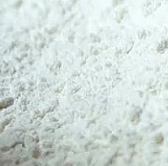
A cosa serve e dove si usa
Cosmetica
- Tensioattivo - Agente di pulizia. I prodotti cosmetici utilizzati per detergere la pelle utilizzano l'azione tensioattiva che produce un abbassamento della tensione superficiale dello strato corneo facilitando la rimozione di sporco e impurità.
- Tensioattivo - Agente emulsionante. Le emulsioni sono termodinamicamente instabili e sono utilizzate per lenire o ammorbidire la pelle ed emulsionare, quindi hanno necessità di un ingrediente specifico, stabilizzante. Questo ingrediente forma un film, abbassa la tensione superficiale e rende miscibili due liquidi immiscibili. Un fattore molto importante che influisce sulla stabilità dell'emulsione è la quantità dell'agente emulsionante. Gli emulsionanti hanno la proprietà di ridurre la tensione interfacciale olio/acqua o acqua/olio, migliorare la stabilità dell'emulsione e anche di influenzarne direttamente stabilità, proprietà sensoriali e tensione superficiale anche dei filtri solari, modulando le prestazioni filmometriche.
Alimentazione
Tra un certo numero di polimeri naturali e sintetici utilizzati per formare micelle polimeriche, Poloxamer 407, approvato negli Stati Uniti dalla Food and Drug Administration, è il più indicato per ragioni di biocompatibilità, biodegradabilità e bassa tossicità (1).
Poloxamer 407 è utilizzato come emulsionante e stabilizzante in creme, salse, gelati,bevande a base di frutta dove migliora l'aspetto, la stabilità e la consistenza, favorisce a solubilizzazione di composti lipofili, migliora distribuzione e biodisponibilità.
Medicina
Sui polossameri la ricerca scientifica ha individuato un potenziale utilizzo, grazie alla loro bassa tossicità, capacità solubilizzante, compatibilità con svariati eccipienti e biomolecole, come biomateriale per ottenere idrogel per rilascio farmaci ed in particolare Poloxamer 407 è utilizzato come veicolante, grazie alla sua natura anfifilica, per migliorare la solubilità di farmaci poco solubili in acqua con particolare attenzione alla solubilizzazione dei principi attivi.
E' utilizzato, grazie alla sua viscosità e capacità di formare un film protettivo sulla superficie oculare come lubrificante oculare in colliri che aiutano ad alleviare i sintomi di secchezza oculare, a migliorare il comfort e come le lacrime artificiali.
Poloxamer 407 è un agente detergente che può rimuovere placche e detriti da superfici oculari, lenti a contatto o dispositivi medici.
Aiuta a proteggere le cellule durante il processo di congelamento e scongelamento con funzione di crioconservante cellulare proteggendo riducendo il danno cellulare e preservandone la vitalità.
Possiede anche una funzione come stabilizzante per emulsioni, sospensioni e sistemi colloidali migliorando prevenendo la stabilità delle formulazioni farmaceutiche e prevenendo la separazione delle fasi ed una funzione gelificante con capacità di formare gel reversibili a temperatura ambiente utili in oftalmologia.
E' un tensioattivo non ionico che facilita l'emulsione e la distribuzione omogenea degli ingredienti nelle formulazioni farmaceutiche.
La sicurezza e l'efficacia di questo polimero come agente embolico temporaneo sono state analizzate e valutate positivamente in questo studio sull'occlusione vascolare temporanea (1).
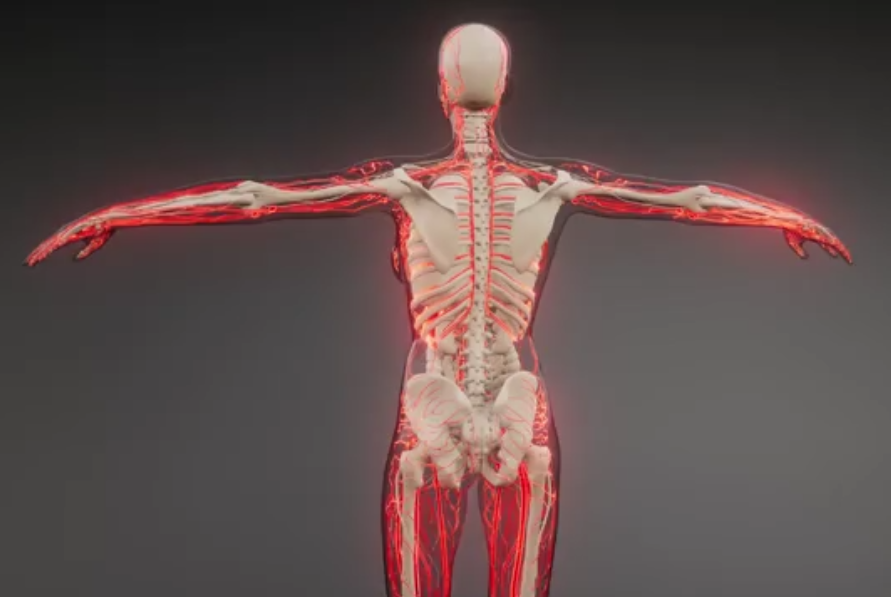
Poloxamer 407 mostra alcune proprietà termoreversibili di estremo interesse nell'ottimizzare la formulazione del farmaco (3).
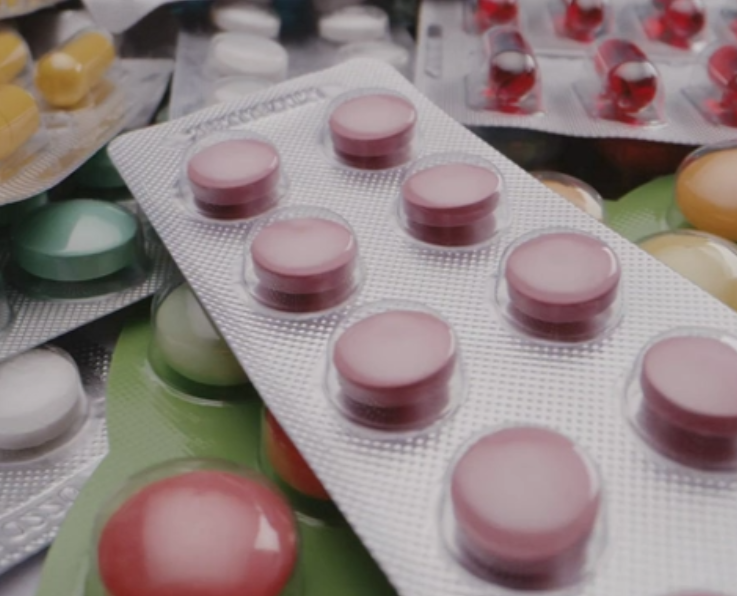
In cosmetica Poloxamer 407 è considerato sicuro, tuttavia, come per qualsiasi ingrediente cosmetico, alcune persone potrebbero essere sensibili o avere reazioni allergiche individuali, quindi è sempre consigliabile testare i prodotti sulla pelle prima di un utilizzo particolarmente intenso.
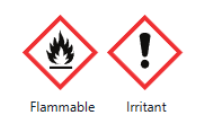
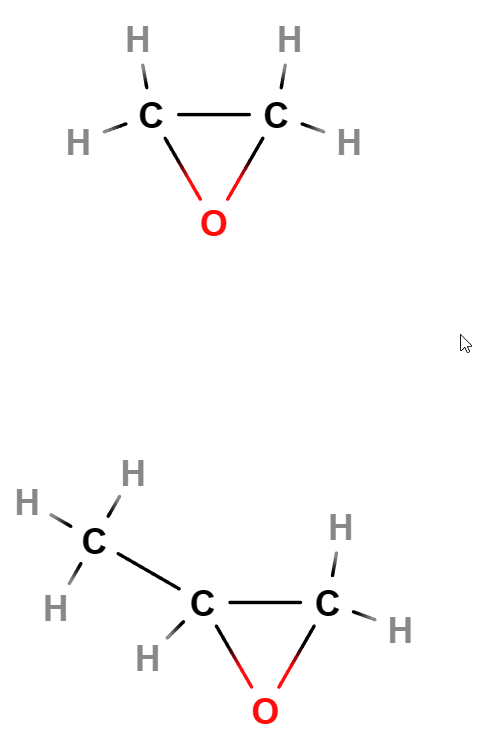 | 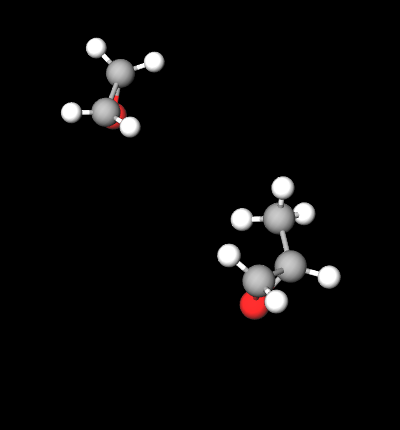 |
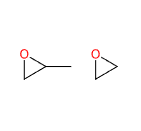 | 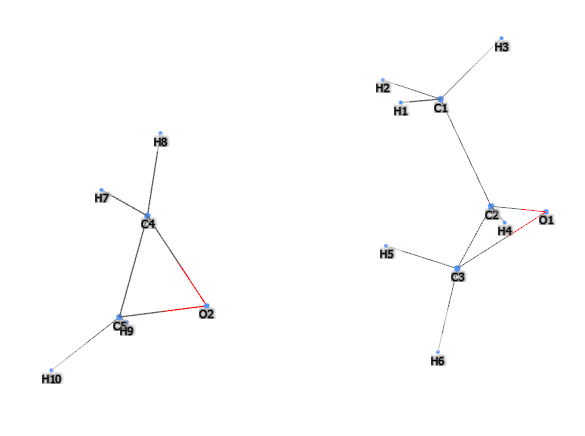 |
| Chiarezza e colore della soluzione | Limpido e incolore |
| Acido | Soluzione rossa |
| Peso molecolare medio | 9480 g/mol-14500 g/mol |
| Ossietilene | 71.5%-74.9% |
| Ph (25g/l in acqua) | 5.0-7.0 |
| Ph (100g/l in acqua) | 5.0-7.0 |
| Residuo alla combustione | <0.30% |
| Ceneri totali | <0.4% |
| Insaturazione | 0.031mEq/G-0.65mEq/ |
| Acqua | <0.75% |
| Metalli pesanti | <0.002% |
| BHT stabilizzatore | 50ppm-25ppm |
| Congealing point | 50°C-62°C |
| 1.4 dioxane | <5.0ppm |
| Ethylene oxide | <1.0ppm |
| Propylene oxide | <5.0ppm |
| Arsenico | <2ppm |
- Formula molecolare: C5H10O2
- Peso molecolare: 102,133
- CAS: 9003-11-6
- UNII
- EC Number: 923-642-1
- DSSTox Substance ID: DTXSID70872897 DTXSID4047597
- MDL number MFCD00082049
- PubChem Substance ID
- InChI=1S/C3H6O.C2H4O/c1-3-2-4-3;1-2-3-1/h3H,2H2,1H3;1-2H2
- InChl Key InChI=1S/C3H6O.C2H4O/c1-3-2-4-3;1-2-3-1/h3H,2H2,1H3;1-2H2
- SMILES CC1CO1.C1CO1
- IUPAC 2-methyloxirane;oxirane
- ChEBI 32026
(1) Saxena V, Hussain MD. Poloxamer 407/TPGS mixed micelles for delivery of gambogic acid to breast and multidrug-resistant cancer. Int J Nanomedicine. 2012;7:713-21. doi: 10.2147/IJN.S28745.
Abstract. Background: Delivery of a high concentration of anticancer drugs specifically to cancer cells remains the biggest challenge for the treatment of multidrug-resistant cancer. Poloxamers and D-α-Tocopheryl polyethylene glycol 1000 succinate (TPGS) are known inhibitors of P-glycoprotein (P-gp). Mixed micelles prepared from Poloxamer 407 and TPGS may increase the therapeutic efficacy of the drug by delivering high concentrations inside the cells and inhibiting P-gp. Gambogic acid (GA) is a naturally derived novel anticancer agent, but poor solubility and toxic side effects limit its use. In this study, we have developed Poloxamer 407 and TPGS mixed micelle-encapsulating GA for the treatment of breast and multidrug-resistant cancer.... Conclusion: This study suggests that Poloxamer 407/TPGS mixed micelles can be used as a delivery system for GA to treat breast and multidrug-resistant cancer.
(2) Raymond J, Metcalfe A, Salazkin I, Schwarz A. Temporary vascular occlusion with poloxamer 407. Biomaterials. 2004 Aug;25(18):3983-9. doi: 10.1016/j.biomaterials.2003.10.085.
Abstract. There is a need for safe and reversible occlusions during percutaneous endovascular procedures. Poloxamer 407 is a non-ionic surfactant with rapid reversible sol-gel transition behaviour. The safety and efficacy of this polymer as a temporary embolic agent was investigated. First, dissolution time after gelation of poloxamer was determined in an in vitro model. Then, transient poloxamer occlusion of renal and pulmonary arteries of seven dogs was followed by serial angiograms. Macroscopic and pathological changes were studied 1 week later. This experiment was repeated in similar arteries in one pig, and in auricular arteries of two rabbits. Poloxamer dissolution after in vitro polymerization was completed within 1-20 h, depending on concentrations. In vivo poloxamer 22% injections led to complete occlusion, followed by full recanalization within 10-90 min without complication. The only biochemical effect of poloxamer occlusions was transient elevation of triglyceride levels. There were no pathological abnormalities at 1 week. Poloxamer 407 could be used as an embolic material for temporary occlusions.
(3) Dumortier G, Grossiord JL, Agnely F, Chaumeil JC. A review of poloxamer 407 pharmaceutical and pharmacological characteristics. Pharm Res. 2006 Dec;23(12):2709-28. doi: 10.1007/s11095-006-9104-4.
Abstract. Poloxamer 407 copolymer (ethylene oxide and propylene oxide blocks) shows thermoreversible properties, which is of the utmost interest in optimising drug formulation (fluid state at room temperature facilitating administration and gel state above sol-gel transition temperature at body temperature promoting prolonged release of pharmacological agents). Pharmaceutical evaluation consists in determining the rheological behaviour (flow curve or oscillatory studies), sol-gel transition temperature, in vitro drug release using either synthetic or physiological membrane and (bio)adhesion characteristics. Poloxamer 407 formulations led to enhanced solubilisation of poorly water-soluble drugs and prolonged release profile for many galenic applications (e.g., oral, rectal, topical, ophthalmic, nasal and injectable preparations) but did not clearly show any relevant advantages when used alone. Combination with other excipients like Poloxamer 188 or mucoadhesive polymers promotes Poloxamer 407 action by optimising sol-gel transition temperature or increasing bioadhesive properties. Inclusion of liposomes or micro(nano)particles in Poloxamer 407 formulations offers interesting prospects, as well. Besides these promising data, Poloxamer 407 has been held responsible for lipidic profile alteration and possible renal toxicity, which compromises its development for parenteral applications. In addition, new findings have demonstrated immuno-modulation and cytotoxicity-promoting properties of Poloxamer 407 revealing significant pharmacological interest and, hence, human trials are in progress to specify these potential applications.
(4) Butt AM, Mohd Amin MC, Katas H. Synergistic effect of pH-responsive folate-functionalized poloxamer 407-TPGS-mixed micelles on targeted delivery of anticancer drugs. Int J Nanomedicine. 2015 Feb 13;10:1321-34. doi: 10.2147/IJN.S78438.
Abstract. Background: Doxorubicin (DOX), an anthracycline anticancer antibiotic, is used for treating various types of cancers. However, its use is associated with toxicity to normal cells and development of resistance due to overexpression of drug efflux pumps. Poloxamer 407 (P407) and vitamin E TPGS (D-α-tocopheryl polyethylene glycol succinate, TPGS) are widely used polymers as drug delivery carriers and excipients for enhancing the drug retention times and stability. TPGS reduces multidrug resistance, induces apoptosis, and shows selective anticancer activity against tumor cells. Keeping in view the problems, we designed a mixed micelle system encapsulating DOX comprising TPGS for its selective anticancer activity and P407 conjugated with folic acid (FA) for folate-mediated receptor targeting to cancer cells.....Conclusion: FA-P407-TPGS-DOX micelles show potential as a targeted nano-drug delivery system for DOX due to their multiple synergistic factors of selective anticancer activity, inhibition of multidrug resistance, and folate-mediated selective uptake.
(5) Bernegossi J, Calixto GM, Sanches PR, Fontana CR, Cilli EM, Garrido SS, Chorilli M. Peptide KSL-W-Loaded Mucoadhesive Liquid Crystalline Vehicle as an Alternative Treatment for Multispecies Oral Biofilm. Molecules. 2015 Dec 25;21(1):E37. doi: 10.3390/molecules21010037.
Abstract. Decapeptide KSL-W shows antibacterial activities and can be used in the oral cavity, however, it is easily degraded in aqueous solution and eliminated. Therefore, we aimed to develop liquid crystalline systems (F1 and F2) for KSL-W buccal administration to treat multispecies oral biofilms. The systems were prepared with oleic acid, polyoxypropylene (5) polyoxyethylene (20) cetyl alcohol (PPG-5-CETETH-20), and a 1% poloxamer 407 dispersion as the oil phase (OP), surfactant (S), and aqueous phase (AP), respectively. We characterized them using polarized light microscopy (PLM), small-angle X-ray scattering (SAXS), rheology, and in vitro bioadhesion, and performed in vitro biological analysis. PLM showed isotropy (F1) or anisotropy with lamellar mesophases (F2), confirmed by peak ratio quantification using SAXS. Rheological tests demonstrated that F1 exhibited Newtonian behavior but not F2, which showed a structured AP concentration-dependent system. Bioadhesion studies revealed an AP concentration-dependent increase in the system's bioadhesiveness (F2 = 15.50 ± 1.00 mN·s) to bovine teeth blocks. Antimicrobial testing revealed 100% inhibition of multispecies oral biofilm growth after KSL-W administration, which was incorporated in the F2 aqueous phase at a concentration of 1 mg/mL. Our results suggest that this system could serve as a potential vehicle for buccal administration of antibiofilm peptides.
(6) Galvis V, Tello A, Carreño NI, Berrospi RD, Niño CA. Potential use of thermoreversible hydrogel (poloxamer 407) to protect the corneal endothelium and the posterior capsule during phacoemulsification. J Cataract Refract Surg. 2019 Mar;45(3):389. doi: 10.1016/j.jcrs.2018.10.051.
(7) Singh-Joy SD, McLain VC. Safety assessment of poloxamers 101, 105, 108, 122, 123, 124, 181, 182, 183, 184, 185, 188, 212, 215, 217, 231, 234, 235, 237, 238, 282, 284, 288, 331, 333, 334, 335, 338, 401, 402, 403, and 407, poloxamer 105 benzoate, and poloxamer 182 dibenzoate as used in cosmetics. Int J Toxicol. 2008;27 Suppl 2:93-128. doi: 10.1080/10915810802244595.
| Evaluate |

